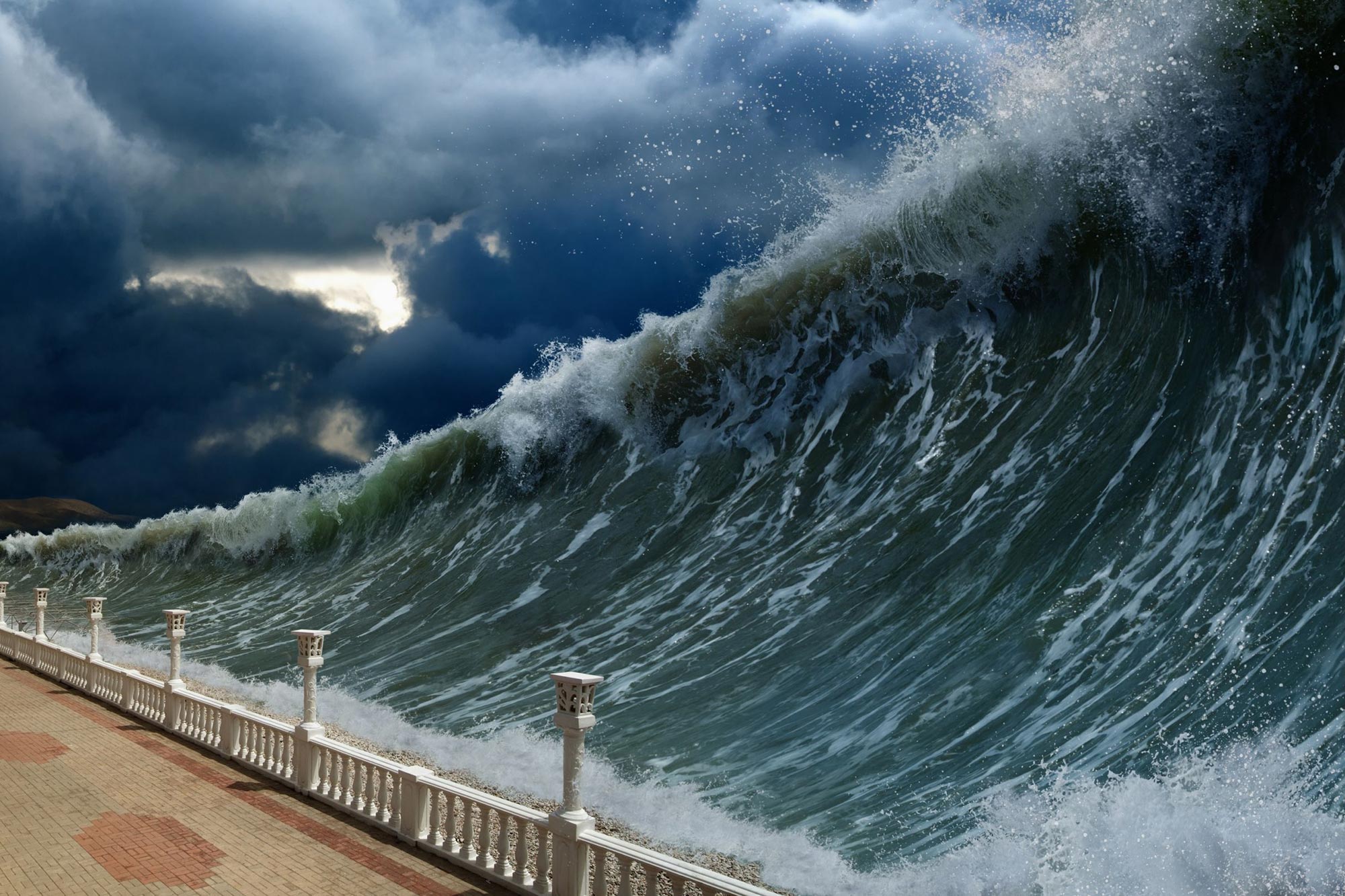Connect with us
Published
2 months agoon
By
admin
Researchers from UCLA and Cardiff University have developed an advanced early warning system for tsunamis that integrates acoustic technology with artificial intelligence (AI). This system detects the acoustic radiation generated by underwater earthquakes, which transmits information more quickly than tsunami waves. By utilizing hydrophones to capture these acoustic signals, the system can evaluate real-time tectonic activity. A computational model helps identify the earthquake’s epicenter, while AI algorithms assess its slip type and magnitude, providing timely tsunami risk evaluations and mitigating false alarms. The research emphasizes the importance of earthquake slip types, as those with significant vertical shifts are more likely to displace large volumes of water and trigger tsunamis.
The study analyzed historical earthquake scenarios linked to tsunami events, underlining the critical nature of rapid response in disaster management. This acoustic monitoring method surpasses traditional deep ocean wave buoy systems by offering immediate assessments and more reliable notifications. The researchers continue to enhance their model by incorporating additional data, aiming to elevate the accuracy of tsunami forecasting. This project aims to bolster hazard warning systems and ensure the safety of coastal communities and maritime operations. The findings were published in the journal Physics of Fluids.













